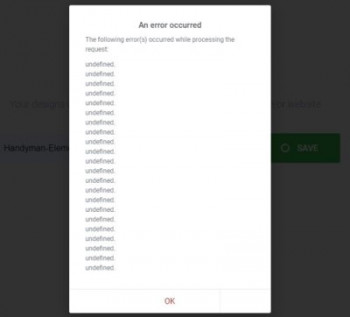Grsync is a graphical tool developed on top of the world-famous rsync utility. Grsync helps Linux users to keep their system backed up without messing with the command line. Therefore it is regarded as the GUI (Graphical User Interface) of rsync.
Here at Ibmi Media, as part of our Server Management Services, we regularly help our Customers to perform related rsync file synchronization queries.
In this context, we shall look into how to install and configure Grsync on Linux Mint 20 machine.
How to install Grsync on Linux Mint ?
If Grsync is not installed on your system then execute the following command on your terminal to install it:
$ sudo apt install grsyncHow to configure Grsync ?
You can start with taking backups with advanced and extra options in the Grsync tool.
Grsync Advanced Options:
Grsync provides more than a dozen advanced options to take serious backups of directories on a Linux system. To secure, minimize the size, and list the changes of a backup, you can select the following:
- Always checksum
- Compress file data
- Show itemized changes list
Grsync Extra Options:
In the extra options, you can use the second option of executing a command after rsync. Sometimes rsync fails to take a quality backup. At that time if you need to visit the backup folder immediately to check what's going wrong then this is the right option to select.
Instead of typing, you can save the directory change command in Grsync to execute it directly whenever rsync leaves any error. You can also choose many other options according to your needs.
[Need to configure rsync on your Linux system ? We can help you. ]
Conclusion
This article covers how to install and configure as well as its advanced and extra options to create better backups in your Linux Mint system. In fact, Grsync is an open-source simple, great, and easy to use graphical user interface for the popular rsync command-line tool.
To install Grsync on your system, simply run the following command:
$ sudo apt install grsync
This article covers how to install and configure as well as its advanced and extra options to create better backups in your Linux Mint system. In fact, Grsync is an open-source simple, great, and easy to use graphical user interface for the popular rsync command-line tool.
To install Grsync on your system, simply run the following command:
$ sudo apt install grsync















